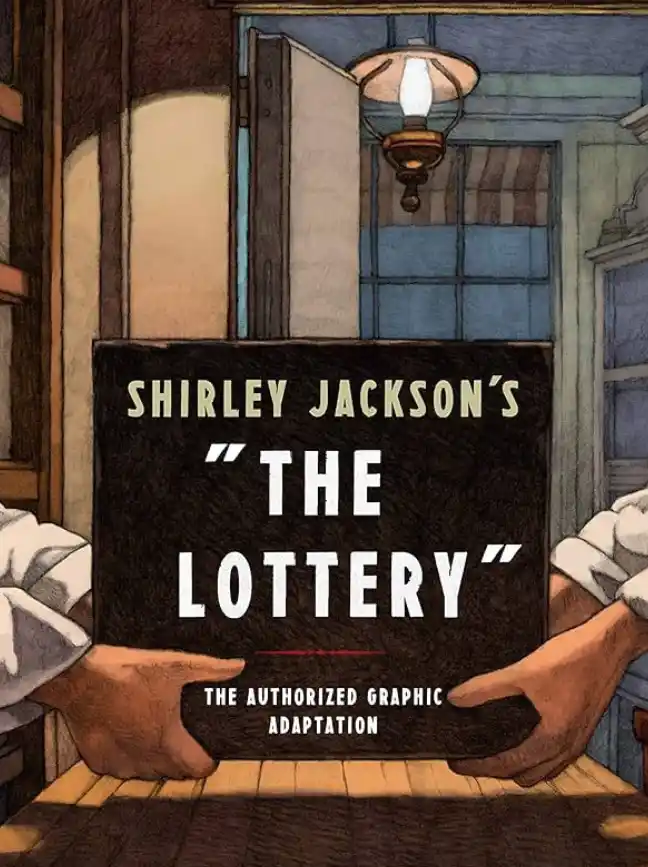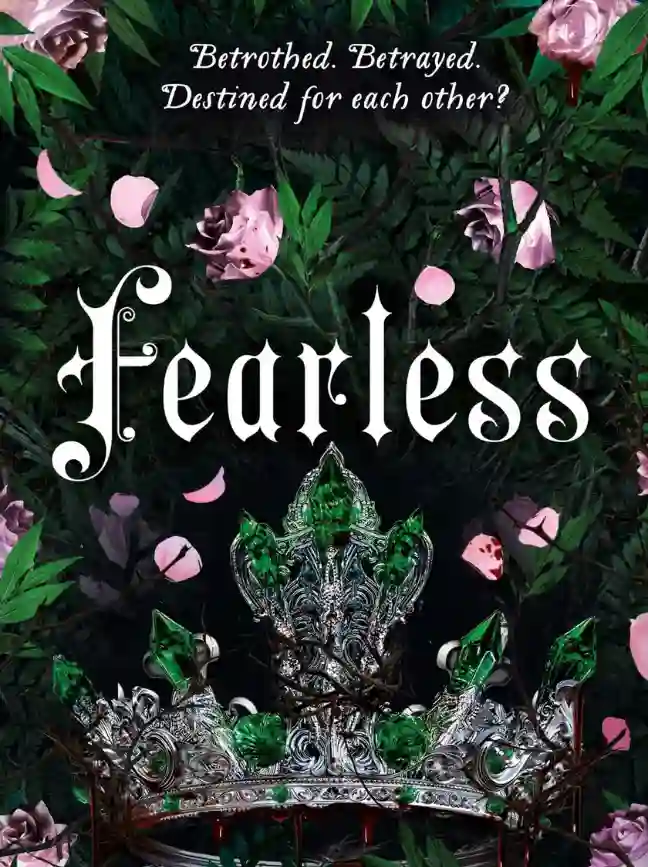I WENT TO bed that night feeling at peace with my choices.
But I woke up the next day feeling nice and angry.
Had I really just called the guy who ghosted me—and thanked him? Thanked him?
Where exactly was my self-respect?
You don’t thank people who put your heart in a meat grinder. You don’t thank people who abandon you. You don’t thank people who stare at you cold as ice and then turn away when you beg them for help.
That was my plan? To absolve him of all responsibility and then pleasantly move on?
He had dumped me and left town for no apparent reason without even an explanation—and he’d acted like I was the problem.
Not cool.
And I thought it was a good idea to leave him a grateful voicemail for that?
Yes. Apparently I did.
Which made me even angrier. At both of us.
Because how was I supposed to get over it if I was consumed with rage?
Or maybe getting consumed with rage was part of getting over it …
Fine then. No more moping, no more weeping, no more pining for the future I’d lost hold of.
It was time to be okay. For real.
The anger was very healing—burning through me with a purifying fire. Sue approved.
When she returned from her kidnapping elopement a few days later, we gave the Joe debacle one last, long hearty evening of processing, decided it was a lucky near miss for me, made a list of guys Witt could set me up with, and spent the rest of the night brainstorming what the hell, now, I should do with my career.
Sue voted for “textile designer” because she thought I had a way with color. But we also considered interior designer, knitting-store owner, and boutique hotelier in the Swiss Alps.
The other big news was that Sue’s parents were throwing her an elopement party.
“They’re not mad that you got married without them?”
“Nope,” Sue said, like that question had been bananas. “They love him.
My mom knitted him a sweater with a heart on it.”
Apparently, Sue’s mom thought the kidnapping elopement was very romantic. And she thought Witt was a sweet boy and a good provider. And she was a huge fan of Canada.
Turned out, Mrs. Kim and Sue had been planning a little welcome- home wedding celebration during Sue’s entire cross-Canada train ride— texting pictures of flower arrangements and table settings back and forth— and her mom already had everything worked out for the Friday night after the newlyweds returned.
“Wow,” I said. “Between me and your mom, you barely had time to enjoy your kidnapping.”
“I managed,” Sue said.
“Witt’s just lucky to get any time with you at all,” I said. Sue agreed.
“By the way,” she said. “My mom wants to know if we can borrow your rooftop.”
“It’s not my rooftop,” I said. “It’s her rooftop.” “So it’s okay?”
“Of course it’s okay.”
“Good,” Sue said. “Because it’s all already arranged.”
ON THE FRIDAY of the Kims’ party, three astonishing things happened all at once.
One: I got a letter from the North American Portrait Society letting me know that even though my portrait had not won the competition on the night of the show, it had drawn the highest bid of the night in the auction— raising over a thousand dollars for their scholarship program.
The email listed the winning bidder as one Mr. Young Kim.
Who just happened to be out on my rooftop as I was reading the email, helping his wife arrange banquet tables for the party.
I walked out to confront him, Peanut trailing after me.
“Mr. Kim,” I called out, my voice full of both scolding and affection. “What were you thinking, bidding on my portrait?”
He and Mrs. Kim were unfolding a tablecloth together, and it fluttered in the breeze before they smoothed it down and turned to me.
They made their faces very innocent. “We like it,” Mr. Kim said.
Apparently, Mr. and Mrs. Kim had each taken an auction paddle as they walked in for a premeditated plan of bidding each other up all night. But then another lady came in and started bidding them up. And then another. “It got bloodthirsty,” Mr. Kim said. “But we won in the end.”
(Later, in a fit of curiosity, I called the gallery to ask for the names of the other bidders. The receptionist looked it up disinterestedly and reported back: “Looks like it was one patron by the name of Thomas-Ramparsad, and another by the name of Ross.” Ultimately, it sold for twice as much as any other portrait in the room.)
“What were you thinking?” I demanded.
Mr. Kim shrugged. “We love it. We’re going to hang it in the lobby.” “The lobby?” I asked. “Of this building?”
Mr. Kim nodded. “Mrs. Kim says it looks a little like Korean top star Gong Yoo.”
Did it? Huh. Man, I wished I could see this painting.
Mr. Kim shrugged. “And you know how she loves Gong Yoo.”
“But, Mr. Kim,” I said, still struggling, my head just shaking itself. “All that money…”
“Don’t worry about it,” he said.
“I’ll try really hard to get famous someday so that painting will be worth something in the end.”
Mr. Kim waved me off. “It’s already worth enough.” Then he gave me a big triumphant smile. “Besides. It was for charity.”
“I’m so sorry,” I said. “But the North American Portrait Society is not really a charity.”
But Mr. Kim smiled tolerantly and shook his head, like I was missing his point. “Not them,” he said. Then he pointed at me. “You.”
“Me?” I asked.
Then he gave me a wink. “We just really, really wanted you to win.”
With that, Mr. Kim started to walk off—but then he remembered something and turned back around.
“Sue tells us that 515 is bothering you?”
I felt my shoulders tighten. That was Parker. “Yes,” I said. “A lot.” “Good news,” he said to that. “Her lease has been canceled.”
“Canceled? Why?”
He gave a little shrug. “She violated the terms.”
I couldn’t resist asking. “What terms did she violate?”
Mr. Kim looked straight at Peanut. Then he smiled at me. Then he shrugged. “No pets,” he said.
“No pets?” I asked. Was that a rule? I held very still in a caught-red- handed kind of way.
“It’s right there in the contract,” Mr. Kim said, shaking his head, like,
Oh, well. “Contraband pets are grounds for termination.”
I decided to just pretend Peanut didn’t exist and to nod conversationally, like, Interesting.
Then Mr. Kim said, “Good thing I’ve never seen any other pets in this building. Have you?”
Mr. and Mr. Kim had a Havanese named Cosmo. “Never,” I said. “That’s right,” Mr. Kim said, nodding. “And let’s keep it that way.”
THE SECOND CRAZY thing that happened was that a mysterious package arrived for me. It was a large cylindrical tube with a letter inside that fell out when I opened one end.
I knew the handwriting in half a second.
It was from my dad, on his hospital’s stationery:
Dear Sadie,
I brought this with me on the night of your show to give to you—but in all the hubbub, I forgot. I know you’ll know what it is the minute you see it, but if you have any questions or just want to talk, I’m here.
I feel like our visit the other night was a good one, and I hope you do, too. Proud of you, sweetheart.
Love, Dad
Well, that was intriguing.
It took me a minute to pull the contents—a rolled-up canvas—out of the tube. But once I spread it out on a table, I saw he was right.
This canvas needed no introduction.
It was the portrait my mother had been painting—of me—when she died. The portrait she’d been planning to submit to her own art show.
I’d never seen it before.
I held my breath at the sight.
It was me. At fourteen. Looking straight ahead, leaning forward over a picnic table, chin resting on my hands. The whole portrait seemed to be lit from within. The dappled sunlight. The shine of the eyes. The glow of the skin. I had been so awkward at fourteen—and my mom didn’t shy away from that, or paint my braces away or try to make me something different. She just painted me exactly as I was. But glowing. As I really looked—but bathed in sunlight and warmth and a lovable mischievousness.
So lovable, this kid on the canvas.
It was like getting a glimpse of the past through her eyes.
Was this how she’d seen me? I wondered. Just like the real me—but better?
I looked at my fourteen-year-old face, so clear-eyed and bright. I remembered sitting for that portrait—how I didn’t want to stay still. How we’d gone morning after morning to the park near our house. And this was the result: she’d somehow captured all the sunlight, all the spring breezes, all my exuberance and naughtiness, and all her warm and tolerant love for me right here on this one canvas.
Looking at it, I lost all track of time. There was so much life in that portrait—so much of my mom in it—that it felt for just a minute like she must be here with me. And I heard myself talk to her, as I was lost in the sight: “You shouldn’t have waited. You shouldn’t have put things off. What
were you thinking? I didn’t need a vacation. I just needed you. And I so, so, so wish I could see you again.”
There were tears all over my face long before I came to. And just as I noticed the tears, I noticed something else. The third crazy thing.
I’d just spent some undetermined amount of time staring at a portrait of my face.
And I could see that face.
I could see it all. The mouth, the braces, the irises of the eyes. All the pieces were there and in the right order—all snapped together, exactly where they should be.
And then, before I could talk myself out of it, I snuck to the bathroom mirror to take a peek … but I closed my eyes at the last moment and then found myself standing in front of the mirror, afraid to open them.
Dr. Nicole had warned me that when—if—the faces came back, I wouldn’t necessarily get them all back—or not all at once. On the spectrum of prosopagnosia, more familiar faces were easier to see. The theory was that the more visual impressions the brain had of a face, the more likely it was to be able to put the pieces together.
“It’s okay,” I told myself.
No future was ever certain. None of us ever knew what might happen next. I didn’t need to know how many other faces I could see—or calculate where, exactly, my fusiform face gyrus would settle on the spectrum of face-blind to super-recognizer.
It was going to be what it was.
I’d just take it one grateful step at a time.
I covered my face with my hands and then opened my eyes to peek through my fingers. Slowly I pulled my hands away.
And there I was.
My face. Straight ahead in the mirror. Not as separate pieces, but as a whole. Not as unconnected eyes and lips and nostrils, but as me. “Hello, stranger,” I said out loud.
And there I was. Me. Peering curiously at the mirror. All put back together as if I’d never been apart.







